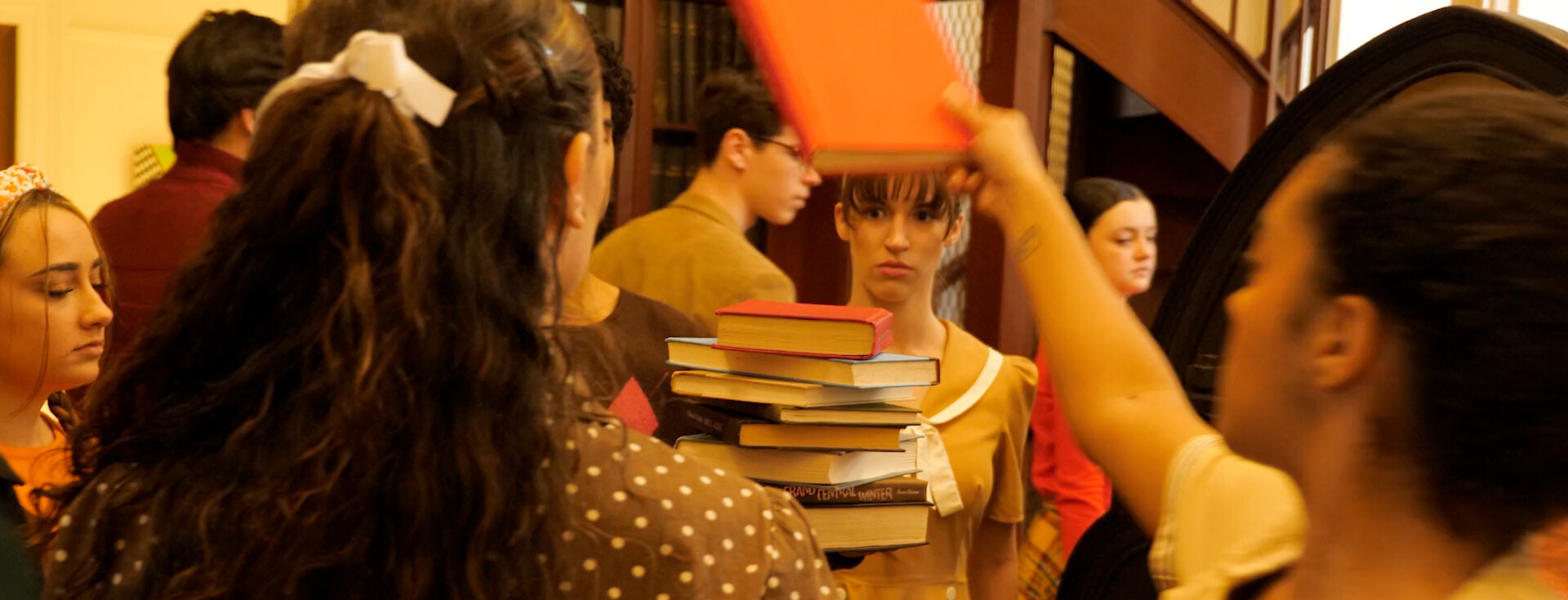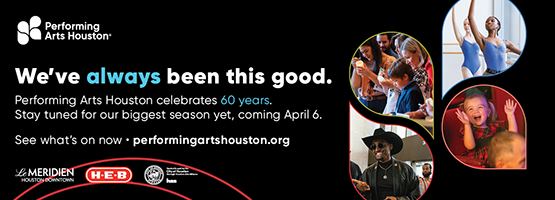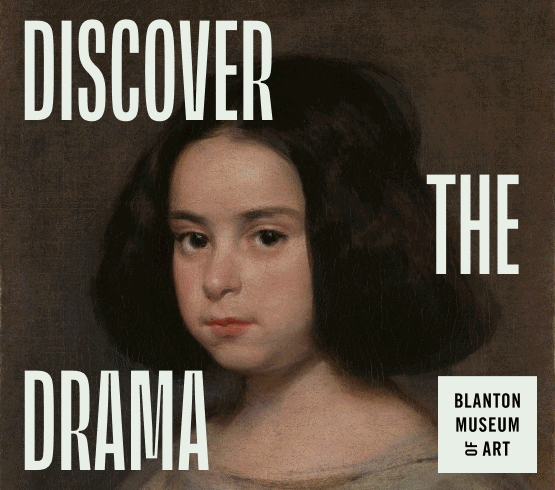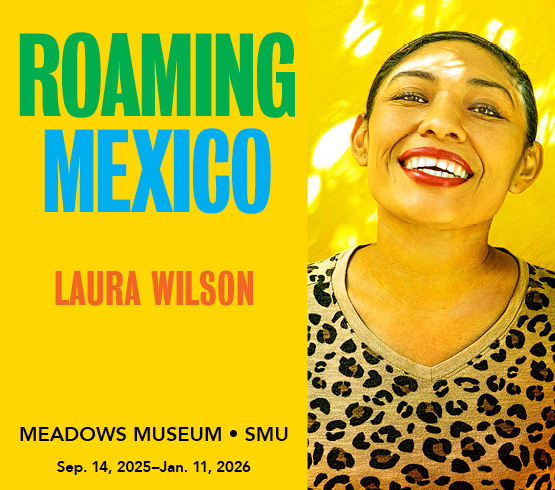Frame Dance presents its seventh annual Frame x Frame Film Festival Nov 1-30 in a first ever online format, in three weekends and six outstanding programs. Frame Dance founder Lydia Hance sat down with Arts and Culture Texas to chat about the line up.
Lydia Hance: Last year, I focused on how to create a lasting impact beyond myself. With nearly 40 years of combined experience in early childhood dance alongside our Director of Curriculum & Pedagogy, Ashley Horn, we recognized the importance of sharing our joyful, holistic, research-backed teaching at Frame Dance. To that end, we packaged our curriculum for preschools and studios, along with ten teacher training modules for early childhood educators. After presenting at the National Dance Education Organization conference in Seattle, we’re excited to expand our reach nationally. Additionally, I’ve been exploring new ways to engage audiences with our revamped Frame x Frame screenings this year.
This year’s festival is all online, which makes it more accessible for a wider audience. How did you arrive at this choice?
LH: Since the pandemic, many have asked to watch the festival online—friends out of town, those with scheduling conflicts, and filmmakers’ international networks. I’ve resisted this, as I cherish the rich conversations that occur when we gather in one place to watch the films, and I love the big screen. Even during the pandemic, we hosted a drive-in festival with Houston Ballet instead of going online. Frame x Frame is all about lingering after screenings to talk and connect. With a fantastic setup at our studio, it’s tough to not use it! This year’s format is an experiment, and I’m excited to see how it opens up our programming to more people, both local and beyond.
LH: Screendance is a distinct genre that differs greatly from live performance. During the pandemic, it was exciting to see many people experiment with this form, but now we have a dedicated group of artists who truly love it. These creators aim to guide the audience’s focus to subtle details and broader narratives, using editing as a key storytelling tool. They also relish creating dance in places beyond the stage. Screendance occupies a unique space in between film and dance.
I am curious how you go about curating the festival. Is it something you are working on all year or do you do a once a year call and that’s it.
LH: We have an open call on Film Freeway that begins early each year, drawing a diverse array of filmmakers—from seasoned professionals with substantial budgets to students embarking on their first creative ventures. I deeply value the ecosystem of this field, recognizing that the limitations of low budgets often catalyze the most innovative and imaginative work. I also actively monitor dance film festivals worldwide, seeking standout pieces to invite into our festival.
You have organized each program with a provocative title such as Shifts, Made by History, Mirrors, Self, Journey, and Heritage. What’s your process for grouping the films?
LH: I try to approach each year of submissions with an open mind, eager to see and hear the voices of the artists who are interested in being a part of FXF. Each year, certain themes naturally emerge, a collective response to our shared experiences in this time and place. Despite being spread across the globe and likely unfamiliar with one another, these filmmakers grapple with similar ideas. This year, two major themes have surfaced: “Heritage,” which includes films exploring the legacy of old Yugoslavia, the Children’s Crusade within the Civil Rights Movement, and the dance rituals of Suriname; and “Attunement,” where instead of merely placing dance in water, we are invited to pause and witness dancers harmonizing with the rhythm of the river. This invites us to appreciate how film can reveal the beauty and intricacies of the natural world and our existence within it. A striking example of this is Body of Water by Sue Schroeder and Christian Meyer. Filmmakers seem to be slowing dance down to sync with natural landscapes.
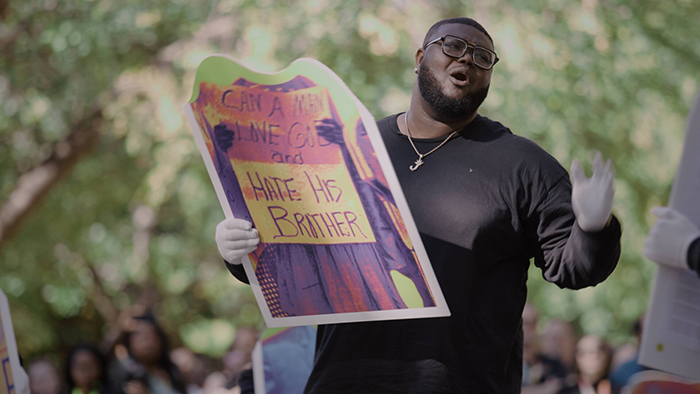
1 ⁄5
Made by History directed by Kyle Mackenzie Sullivan

2 ⁄5
Precious Gift directed by David Rivera
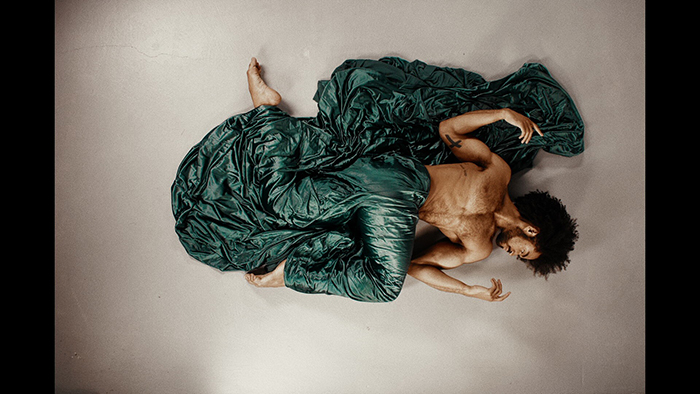
3 ⁄5
Organized Hope directed by Amy Seiwert
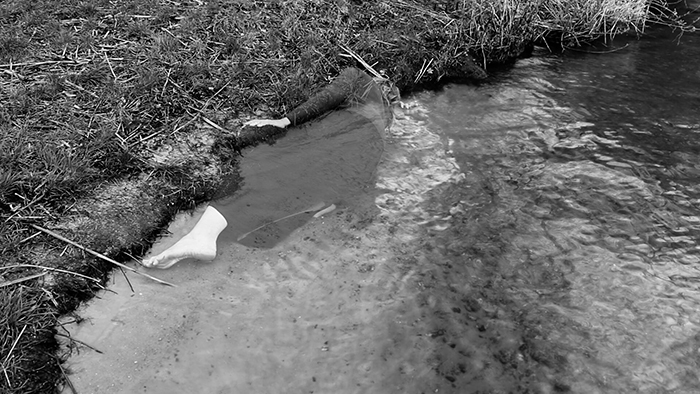
4 ⁄5
Body of Water directed by Christian Meyer/Sue Schroeder

5 ⁄5
Interlibrary Loan by Marta Renzi
LH: Longtime collaborators Sue Schroeder and Christian Meyer created Body of Water for Global Water Dances in 2023, filming in the brisk 50°F waters of Stößensee, Berlin. The cinematography is crisp and clear, while the editing allows the visuals to breathe. Watching this film, I consider how we can choose to create a work that encourages us to slow down; video often accelerates our perception of the world around us. Schroeder and Meyer draw us into a dialogue between dancer and water, witnessing their convergence.
You often include a film with a local connection. This year, it’s David Rivera’s Precious Gift, which has a Houston Ballet connection.
LH: Precious Gift was crafted by a remarkable quartet from Houston, featuring filmmaker David Rivera, Houston Ballet Principal Dancer Karina González, who performs while pregnant, and violist Tonya Burton, who composed the music she plays. The artistic talent in Houston is exceptionally high, and this short film beautifully showcases it.
You are always on the lookout for a strong documentary and this year you have included Klye Mackenzie Sullivan’s Made by History. Bring us into this film.
LH: One of the panelists this year remarked, “This might be the best documentary I have ever seen.” It received a perfect score during the festival’s adjudication. In October 2023, students from seven schools in Birmingham, Alabama, participated in a “performance action” to honor the young people who marched through those same streets in 1963 as part of the Civil Rights Movement protests. This documentary captures the passion, playfulness, and reverence involved in creating the performance, serving as a blueprint for empowering young voices in any city. What the film accomplishes so beautifully is its tribute to the courage and spirit of children. Rather than adopting an adult perspective, it maintains a youthful lens, leaving viewers with a sense of child-like hope and admiration for the children’s bravery.
LH: Organized Hope by Amy Seiwert’s team features an exceptional dancer, choreographer, director, stop motion artist, and librettist. This film stands out because it harmoniously blends each of these voices. It feels fresh and deeply satisfying. The visual and auditory pacing is expertly crafted, showcasing the sweeping lines of the beach, the dancer’s form, and the flowing merman fabric, interwoven with sharp stop motion and monologue. As someone from San Francisco, I also enjoy infusing a touch of California coastline into FXF.
I’m always excited to see another film by Marta Renzi. Apparently you are too. What is Renzi exploring in Interlibrary Loan?
LH: We have screened Marta Renzi’s work at Frame x Frame many times. She’s prolific! Watching her work reminds me that dance can be fun. We all get so serious, and in this film Marta moves dancers inside the gorgeous Providence Public Library in surprising ways from quiet reading to rambunctious play with books.
LH: Absolutely! We will host an in-person conversation on Sunday, November 17, from 1 to 3 PM at Frame Dance, facilitated by our Creativity Book Group leader, Dr. Maribel Plasencia. Additionally, I’ll be speaking with festival filmmakers every Thursday morning around 10:30 AM on Instagram Live, and everyone is welcome to join and to ask questions of the filmmakers themselves!
-NANCY WOZNY

